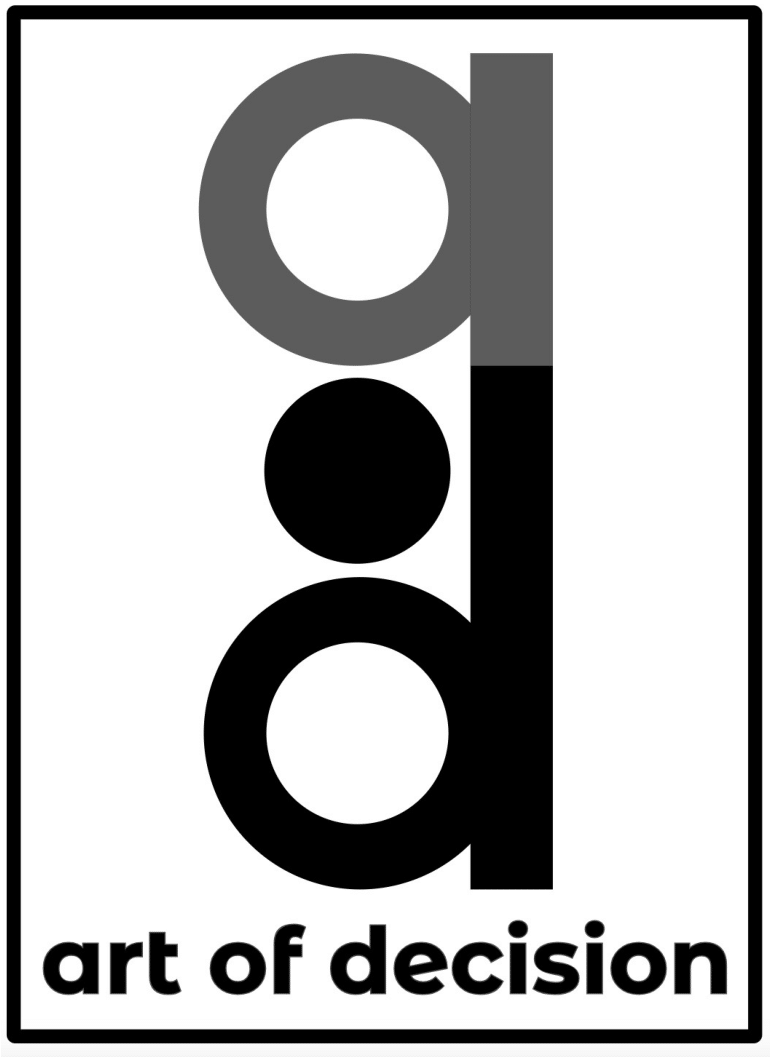There’s a lot of focus on AI and the remarkable capabilities that it brings to our businesses and the limitless vision of its potential. But it’s critical that we don’t lose sight of the cycle of expectations and norms as it relates to the customer. Technology as process improvement is only useful insomuch that it creates shareholder value and favorably impacts the customers. To that end, the standard for determining whether to “green light” a new initiative must be the customer’s experience.
The right question isn’t “Can we do XYZ thing?” with only the technical implications in consideration.
The right question is “Should we do XYZ thing?” fully understanding the technical implications but more so appreciating the effects on the customer experience of that decision.
“Can we?” thinking leads to over-simplification of issues, boiling them down to ROI only or questions of speed-to-release. “Should we?” thinking brings in the appreciation of how those changes could create downstream effects to the overall business value companies work so hard to create.
Cost-cutting doesn’t win new business; price and differentiation do. Automation and cycle improvements don’t improve consumer affinity: simplification does. Like technology, customer expectations are always evolving, driven by their experiences and interactions with service organizations.
Understanding the delineation of “Can” vs. “Should” is one step; the next is appreciating further the effects of evolving expectations. Each positive customer experience creates a new norm, while negative experiences can lead to dissatisfaction. Understanding the shifts created via this cycle is crucial for organizations to succeed in meeting/exceeding customer expectations. Here are a few things to consider while we determine what constitutes customer-impacting responsible use cases for our rapidly evolving technology capabilities”
· Rising customer expectations: Numerous studies indicate that customer expectations continually evolve. For instance, a recent study by Walker found that 86% of customers are willing to pay more for a better customer experience. This indicates a growing demand for elevated service standards and personalized interactions.
· Influence of customer experiences: Customer expectations are shaped by their experiences and interactions with service organizations. A survey of thousands of consumers conducted in 2021 revealed that 32% of customers would walk away from a brand they loved after just one bad experience. Negative experiences can significantly impact customer satisfaction and loyalty, reinforcing the need for organizations to continually adapt and improve their service offerings.
· Impact of positive experiences: Positive experiences can set new norms for customer expectations. Recent studies are consistent in showing that companies that excel in delivering exceptional customer experiences can gain revenue increases of 5-10% and reduce customer churn by 10-15%. However, it’s critical to note that when customers have positive interactions with a company, they develop higher expectations for future experiences, putting pressure on organizations to maintain or exceed those standards.
· Technology and digital transformation: The rapid advancement of technology has played a significant role in shaping customer expectations. Customers’ expectations for convenience, speed, and personalization increase as they become accustomed to seamless online experiences, instant responses, and personalized recommendations. Organizations need to adapt their processes and technologies to meet these evolving expectations.
· Importance of customer feedback: Regularly gathering customer feedback is crucial for understanding and addressing evolving expectations. Through surveys, reviews, and other feedback channels, organizations can gain insights into customer preferences, pain points, and areas for improvement. This feedback helps organizations identify gaps between current service offerings and customer expectations, allowing them to make informed changes and enhancements.
While these facts provide a general understanding of the evolving nature of customer expectations, it’s important to consider the dynamic nature of customer preferences and the need for up-to-date research and data to fully comprehend the specific trends and shifts in various industries prior to simply deploying a technical or operational change simply because it’s available.
Starting out conversations with the anchor of “Should we do __________?” and be able to articulate the “why” behind that and the downstream customer impacts associated is a big step in the right direction towards winning share in this rapidly evolving market.

